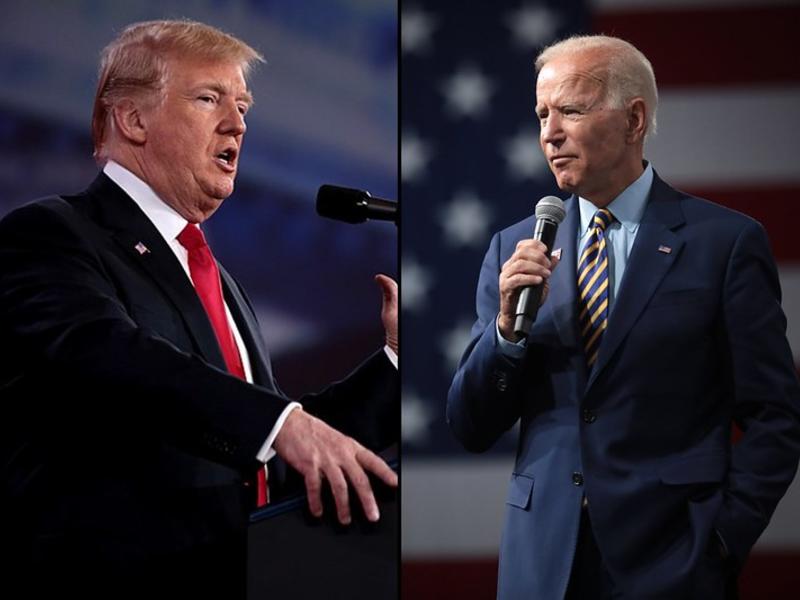
It’s widely believed that one possible outcome of a Clinton-Trump or a Clinton-Cruz matchup in November is a Democratic landslide that extends not just to the presidency but also to the Senate (probably) and the House (possibly). But not to the nation’s statehouses. No matter what happens on Election Day, the Republicans still will have a solid majority of governorships. Why is that the case? In 1932, for example, when New York Governor Franklin D. Roosevelt’s landslide victory over President Herbert Hoover allowed fellow Democrats to take control of both congressional chambers, the number of Democratic governors rose from 7 before the election to 26 after, a gain of 19. This year only 12 governorships are on the ballot. Just 4 of those are currently held by Republicans and therefore eligible for a Democratic pick-up: Indiana, North Carolina, North Dakota, and Utah. So counting the 10 governorships the Democrats already have that aren’t on the ballot this year, the most the party can hope to end up after the election is 22. What happened? Why were 36 governorships on the
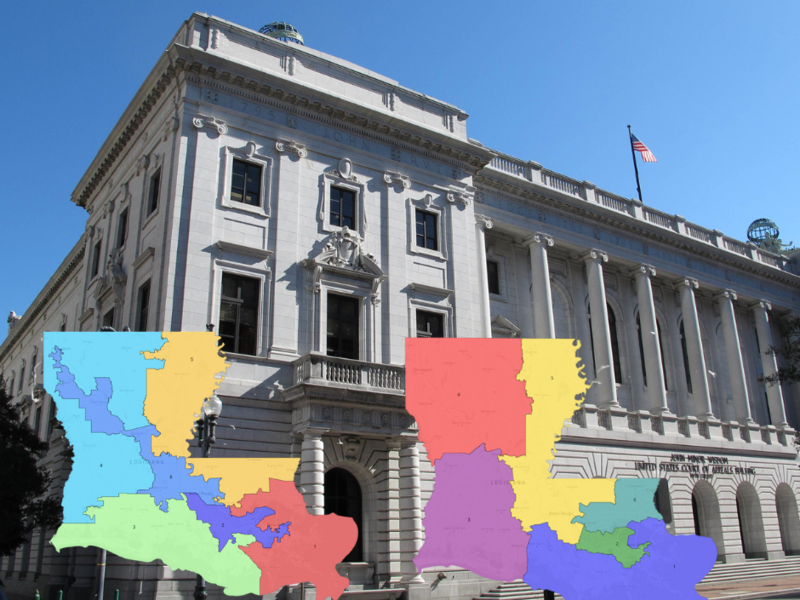
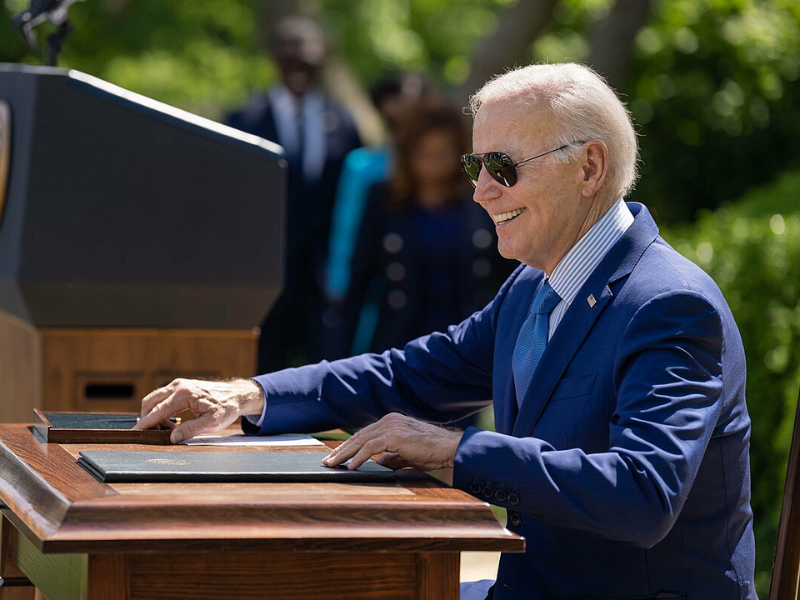

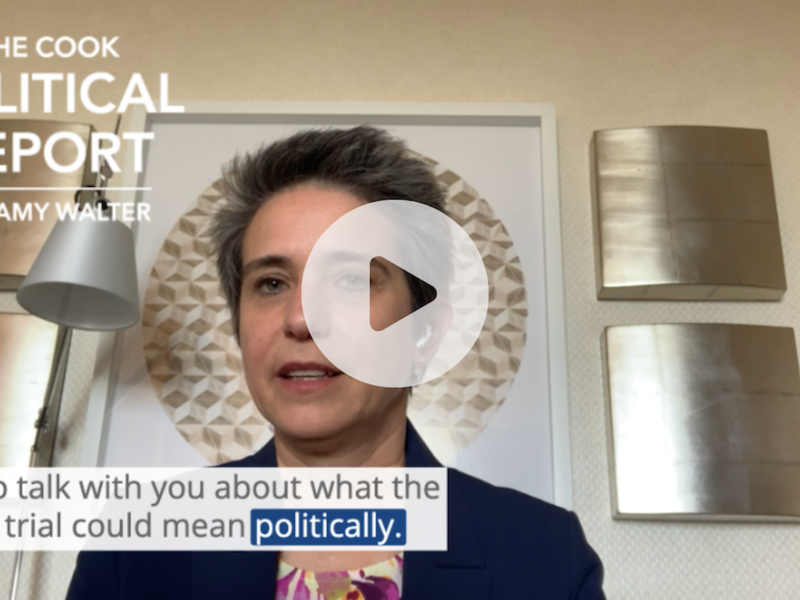


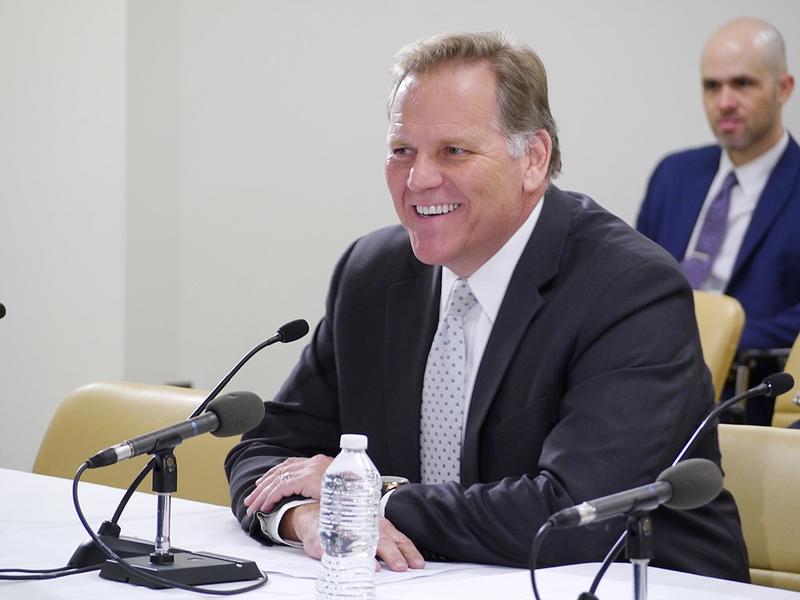

Subscribe Today
Our subscribers have first access to individual race pages for each House, Senate and Governors race, which will include race ratings (each race is rated on a seven-point scale) and a narrative analysis pertaining to that race.